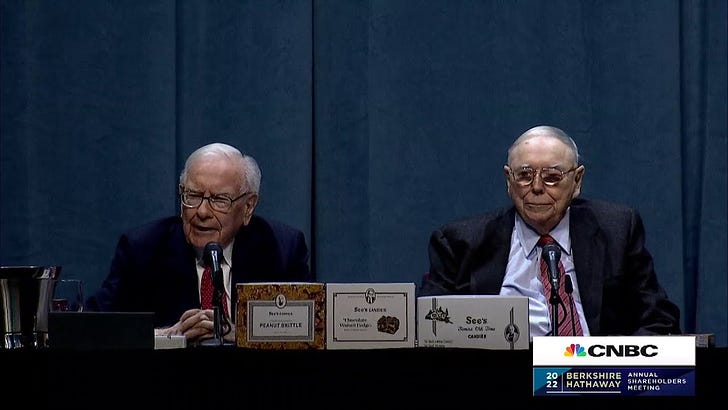Is The Price Really Right?
No one argues these businesses should be for-profit enterprises. But the simple answer to why prices are going up so quickly is that executives want to get paid!
This is a guest post from David Glaymon, a former partner of Kynikos Associates, where he worked identifying financial fads and frauds and had a front-row seat to the Global Financial Crisis. Prior to that, working as sell-side analyst in both equity and corporate bond research, he was an eyewitness to the telecom bubble.
Traditionally, the three main causes of inflation are cost-push, demand-pull, and built-in inflation. Corporate profit is a new culprit, with critics focusing on large, multinational companies that are said to be exploiting their pricing power. This is especially true in the highly consolidated consumer goods sector. The companies are led by richly incentivized executive teams that must deliver or they'll be shown the door by activist shareholders that have shaped the industry over the past 18 years in their own self-interest.
Inflation is the word
Price increases have been brutal for consumers, prompting sympathetic media to egg on politicians and regulators to point accusatory fingers.
The traditional view
Many economists recognize this inflation wave started with a supply shock. Supply chains shifted to a global model in the 1990s. Focused on efficiency, they were ill prepared for everything that came with Covid and then Russia’s invasion of Ukraine. Some believe the demand accelerant come in the form of three waves of Covid-related relief totaling $5.2 trillion, equivalent to 22.6% of the Bureau of Economic Analysis’ estimate for 2021 GDP.
A new cause
In 2022, economists began to look at the contribution of corporate profits to inflation. News coverage has been heavy, with wide use of the words “greedflation” and “shrinkflation”. This got the attention of central bankers.
Federal Reserve Chairman Jerome Powell, in his early March 2023 testimony before the U.S. Senate Banking, Housing, and Urban Affairs Committee, conceded that smaller corporate profits could help curb inflation, at least in the short term.
Fabio Panetta, a member of the Executive Board of the European Central Bank, took a more direct approach in a speech suggesting policymakers should help central bankers fight inflation by intervening to prevent excess corporate profits from “any abuse of market power.”
Huge with few alternatives
Over the past 18 years, the Consumer Packaged goods (CPG) and Fast-Moving Consumer Goods (FMCG) sectors, a.k.a. the stuff people buy in stores, have largely consolidated. There are only a handful of companies that provide food, soap, cleaning, personal hygiene, and paper products. For example, four companies own eight of the top brands of laundry detergent, with four of the brands now owned by Henkel.
To put this in perspective, 20 of the biggest consumer product companies, excluding beer and fast food, have a combined market capitalization of approximately $2.3 trillion. Using the IMF’s latest 2023 GDP estimates, that would be the eighth-largest economy in the world, right ahead of Italy. Their projected 2023 revenue of $815.6 billion would make them the 21st largest economy, smack dab between Switzerland and Taiwan.
No doubt they are increasing prices, but the companies like to say it is only to offset rising costs.
The Fed's view, too, has been that corporate price increases were to offset cost. A Kansas City Fed whitepaper on January 12, 2023, noted that corporate markups were a major contributor to inflation in 2021, but the timing of them was more consistent with an anticipation of future cost increases than with an exercise of monopoly power. Bank of England governor Andrew Bailey echoed this view during a March radio interview, saying, “When companies set prices I understand that they have to reflect the costs that they face.”
The numbers tell another story



